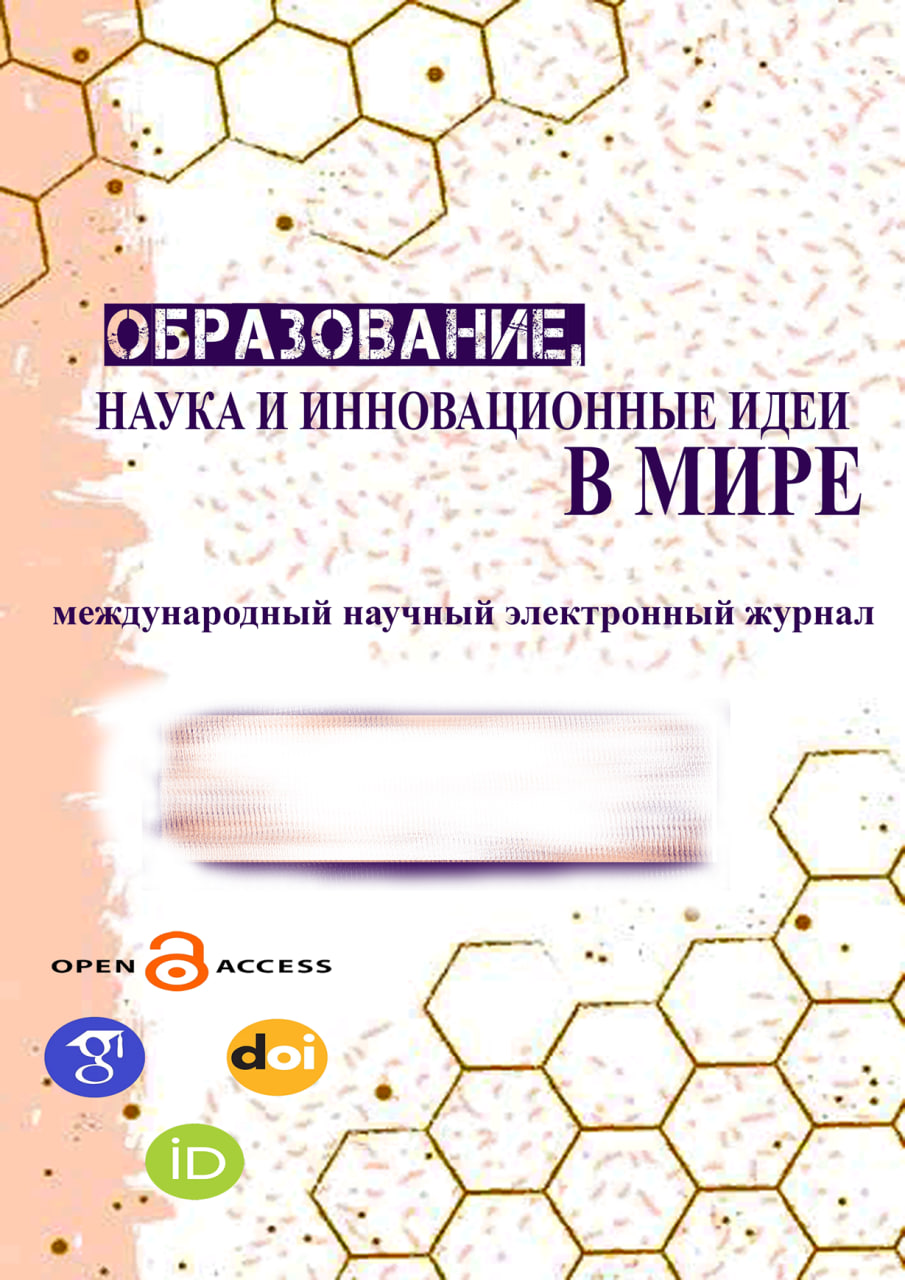ENHANCING TEACHING EFFECTIVENESS THROUGH INNOVATIVE PEDAGOGICAL STRATEGIES
Keywords:
Key words: teaching effectiveness, triangulation techniques, cognitive skills, class interaction, visual aids, auditory learners, visual learners, kinesthetic learners, cognitive intelligence, peer influence and teacher- student ratio in learning sessions.Abstract
The teaching and learning process involves transferring knowledge from teachers to students, representing a blend of elements where an educator discerns learning objectives, crafts teaching materials, and executes teaching strategies. Simultaneously, learning remains a pivotal consideration for teachers when instructing students. The study examined various scholarly articles, teaching methodologies, and inclusive practices to evaluate teaching efficacy in higher education contexts. The research aims to appraise teaching effectiveness within a higher education framework, utilizing experimental research methods (primarily reflection) coupled with literary analyses to scrutinize theories alongside practical applications derived from university experiences. The findings indicate that offering constructive formative feedback and incorporating role-playing activities significantly boost students' confidence and self-esteem. Furthermore, creating an active learning environment fosters inclusivity and enhances both faculty and student academic achievements. These research outcomes will empower educators to establish and execute inclusive teaching and learning environments, heightening learner expectations and academic performance.
References
Becker, A., Davis, S., McGregor, L., Grover, C. (1990). Student Expectations of Course and Instructor. Teaching Psychology 17, 59–
Bruner, J. S. (1957). Going beyond the information given. New York: Norton.
Ellis, S. and Tod, J. (2015). Promoting behaviour for the learning in the classroom: Effective strategies, personal style, and
professionalism. Routledge: London.
Gray, C., and MacBlain S. (2012). Learning theories in childhood. Sage Publications Ltd: London.
Garver, R., Noguera, P. (2012). For Safety’s Sake: A Case Study of School Security Efforts and Their Impact on Education Reform.
Journal of Applied Research on Children: Informing Policy for Children at Risk 3.
Gilakjani, A. (2012). Visual, auditory, kinaesthetic learning styles and their impacts on English language teaching. Journal of studies
in education 2, 104–113.
Hackman, J.R. Oldham, G.R., (1976). Motivation Through the Design of Work: Test of a Theory. Organizational behaviour and human
performance 16, 250–276.
Johnston, H. (2012). The Spiral Curriculum. Education Partnership Inc., Florida.
Kiel, J., (1999). Reshaping Maslow’s hierarchy of needs to reflect today’s educational and managerial philosophies. Journal of
Instructional Psychology 26, 167.
Leopold, L. (2012). Prewriting tasks for auditory, visual, and kinaesthetic learners. TESL Canada Journal 29.
McLeod, S. (2008). Bruner’s Three Modes of Representation. Simply Psychology.
Kulik, J.A. (1982) Individualized systems of instruction. In Harold E. Mitzel (Ed.), Encyclopedia of Educational Research, 2. New York: The Free Press. Lowman, J. (1984) Mastering the techniques of teaching. San Francisco: Jossey-Bass. McKeachie, W.J. (1985) Improving undergraduate education through faculty development. San Francisco: Jossey-Bass. Messick, S., & Associates, (Ed.) (1976) Individuality in learning. San Francisco: Jossey-Bass. Newcomb, T.M. (1943) Personality and social change. New York: Dryden Press. Newcomb, T.M., and others. (1943) Persistence and change: A college and its students after twenty-five years, Huntington, New York: Krieger. (Page 9 of 10)




